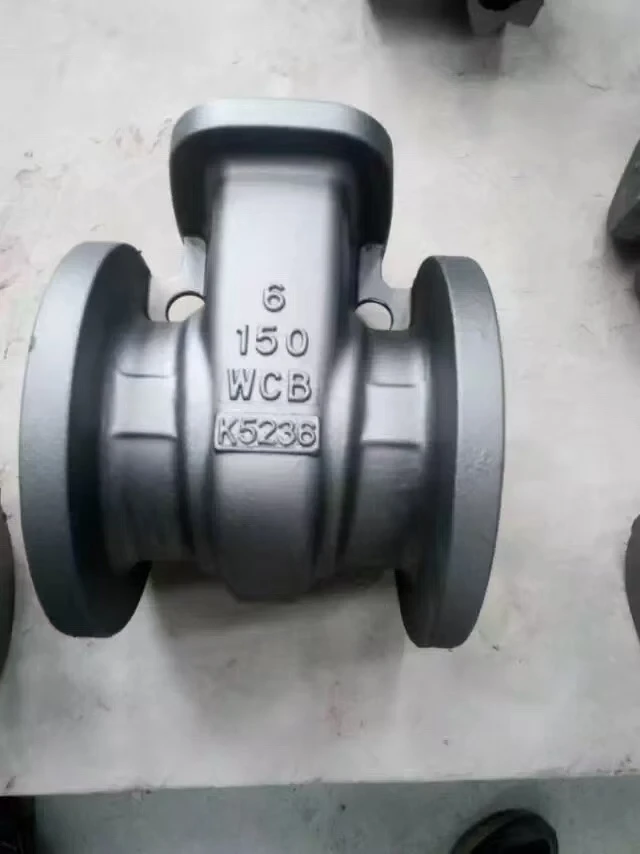

4. Olivine Sand Chosen primarily for its non-silica content, olivine sand minimizes the health risks associated with silica dust. It offers thermal stability and is suitable for casting ferrous and non-ferrous metals, making it a safer alternative for foundry workers without compromising on mold quality. The expertise in selecting casting sand lies not only in choosing a type based on the end product requirements but also in understanding the casting process's environmental and safety factors. As sustainability and worker safety become increasingly prioritized, foundries are adopting more eco-friendly and hazard-free alternatives in their sand selection. From an authoritative standpoint, numerous studies have highlighted the impact of sand quality on casting defects. Poor sand choice can lead to issues such as porosity, misruns, and inadequate mold filling. Therefore, a thorough understanding of sand properties, such as grain size distribution, permeability, and thermal properties, is critical for casting success. Furthermore, maintaining trustworthiness in metal casting involves continuous testing and quality assurance. Advanced techniques such as computer-aided sand analysis and real-time monitoring systems are employed to ensure consistency in sand properties across batches. This not only improves the reliability of the casting process but also boosts manufacturing efficiency, resulting in superior products. In conclusion, mastering the use of casting sand is both an art and a science requiring profound experience and specialized knowledge. Foundries must balance factors like cost, environmental impact, worker safety, and technological advancement to select the best sand for their casting process. Leveraging the right casting sand can dramatically enhance product quality, reduce manufacturing costs, and improve worker safety, making it a cornerstone of successful metal casting operations worldwide. Post time:មករា . 26, 2025 07:47
Next:Ceramcast sand ball shape for sand casting
